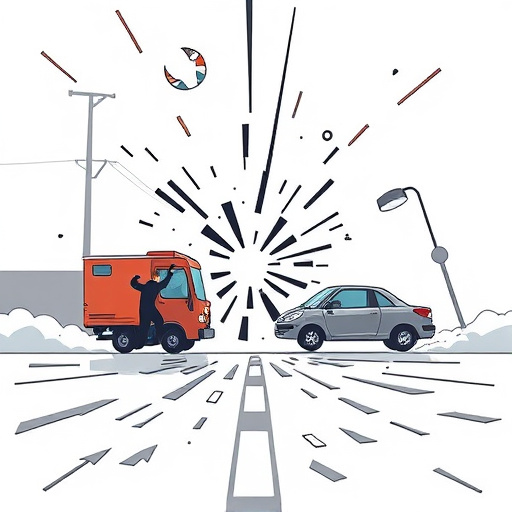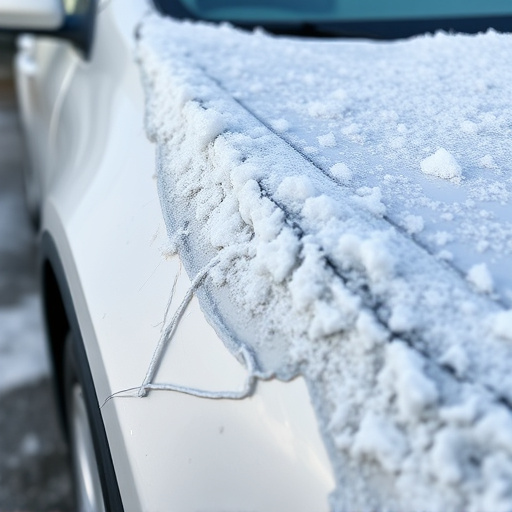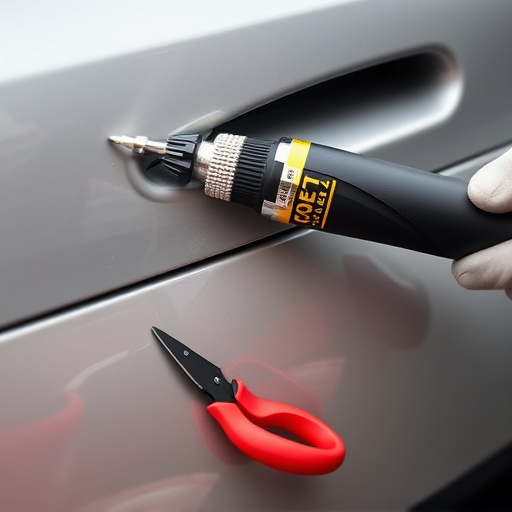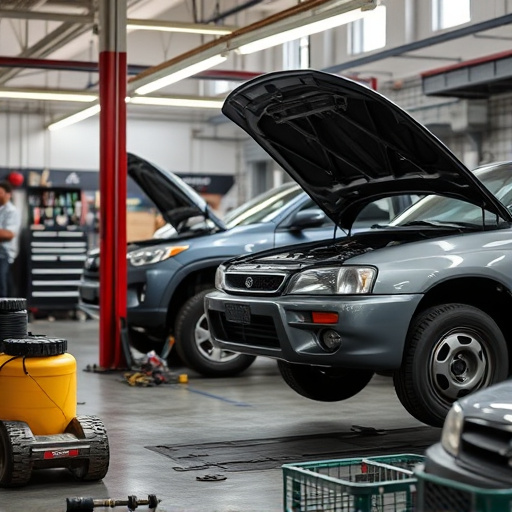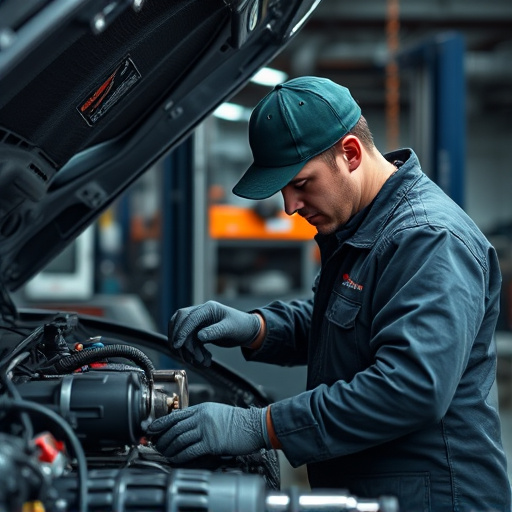Repair authorization services act as a digital cornerstone for modern insurance claims processing and vehicle repair, ensuring efficient communication between insurers, repair shops, and policyholders. By streamlining approval of repair costs, providing precise estimates, and facilitating quick decision-making, these services enhance customer satisfaction in both car restoration and auto bodywork industries. Effective communication, characterized by clear information sharing, open dialogue, and regular updates, is crucial for achieving a smooth, efficient process, fostering trust, and ultimately delivering timely, high-quality repairs.
In today’s fast-paced world, clear communication is paramount for efficient repair authorization services. These services, vital for managing and facilitating vehicle repairs, often involve complex processes and multiple stakeholders. Understanding their significance cannot be overstated. Effective communication enhances service efficiency, reduces misunderstandings, and boosts customer satisfaction. This article explores the impact of transparency in these processes and provides best practices to streamline authorizations, ensuring a seamless experience for all involved.
- Understanding Repair Authorization Services and Their Significance
- The Impact of Clear Communication on Service Efficiency and Customer Satisfaction
- Best Practices for Effective Communication in Repair Authorization Processes
Understanding Repair Authorization Services and Their Significance

Repair authorization services play a pivotal role in streamlining the process of vehicle repair and ensuring customer satisfaction. These services act as the bridge between insurance providers, repair shops, and policyholders, facilitating the approval of repair costs for various types of vehicle damages. Understanding this process is essential given its significant impact on both insurance claims management and auto bodywork industries.
In today’s digital era, a well-defined repair authorization service enhances efficiency by enabling quick decision-making and accurate cost estimates. This is particularly crucial in the case of car restoration or auto bodywork, where clear communication regarding repairs is vital. By providing a structured framework for evaluating damage, estimating costs, and obtaining approvals, these services ensure that vehicle owners receive high-quality repairs without unexpected financial burdens.
The Impact of Clear Communication on Service Efficiency and Customer Satisfaction

Clear communication is the cornerstone of a seamless repair authorization process, significantly impacting both service efficiency and customer satisfaction within the automotive industry. When customers, mechanics, and insurance providers communicate effectively, it streamlines the entire workflow. This clarity ensures that everyone involved understands the scope of work, expected timeline, and costs associated with a particular repair authorization service, such as car paint repair or body shop services at a collision center.
Efficient communication minimizes errors, delays, and misunderstandings. For instance, precise documentation and open dialogue between the customer and the body shop services team can prevent unauthorized or additional charges. This transparency builds trust, fostering a positive relationship between the service provider and the customer. Ultimately, clear communication is key to delivering timely and high-quality repair authorization services while maintaining customer satisfaction.
Best Practices for Effective Communication in Repair Authorization Processes

In the realm of repair authorization services, clear communication is the cornerstone of a seamless and efficient process. When dealing with auto collision centers or vehicle body shops, both parties—insurers and shop owners—must adopt best practices to ensure smooth collaboration. Firstly, establishing open lines of communication from the outset fosters trust and aligns expectations. This involves providing detailed information about the extent of damage, estimated repair costs, and turnaround times in a language that is easily comprehensible for all stakeholders.
Additionally, regular updates throughout the vehicle repair process are vital. Keeping everyone informed about any changes, delays, or additional findings ensures transparency and allows for proactive decision-making. For instance, if unforeseen complications arise during an auto collision repair, promptly communicating these issues to the insurer enables a quicker resolution. This collaborative approach not only streamlines the repair authorization service but also enhances customer satisfaction by promoting accountability and timeliness in vehicle body shop operations.
Clear communication is the linchpin of successful repair authorization services, enhancing efficiency and fostering customer satisfaction. By adopting best practices outlined in this article, businesses can streamline processes, reduce errors, and build stronger client relationships. Effective communication ensures a seamless experience for customers seeking repairs, ultimately strengthening their trust in service providers. Embracing these strategies is key to standing out in the market as a reliable and efficient repair authorization service provider.

